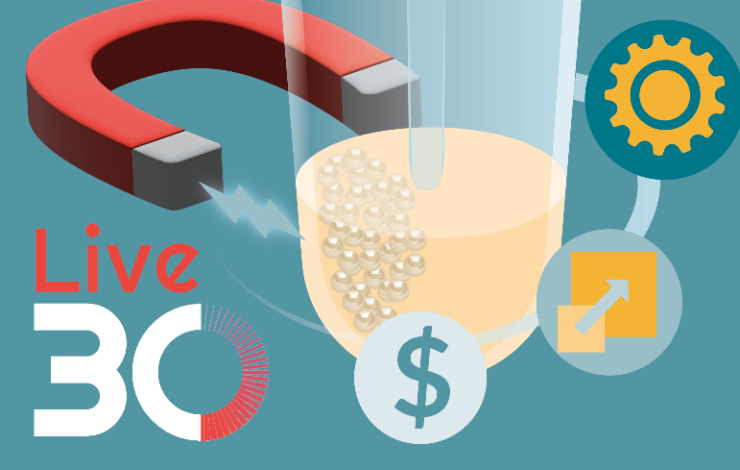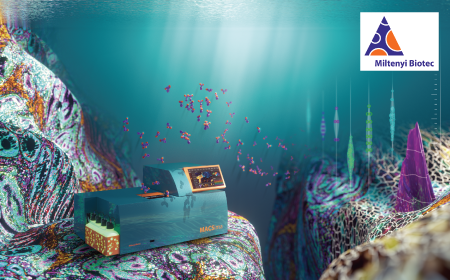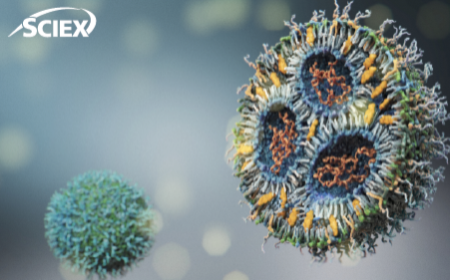Improving T cell therapy manufacturing processes with automation and scalability

Live30 webinars are thirty minute presentations designed to update you on the latest innovations, applications and data in a fast yet interactive format.
The field of cell therapy is in its early stages but has already demonstrated immense promise. In order to realize the potential of these revolutionary treatments, however, many challenges need to be addressed, most notably safety and cost. Two universally accepted approaches to mitigating safety and cost issues are automation and scalability. The closed and automated CTS DynaCellect isolation process achieves >90% isolation efficiency of target cells with ~95% purity with no effect on cell viability, and the automated bead removal process is fast and efficient and currently results in >85% target cell recovery.
Moreover, the CTS DynaCellect is highly scalable and able to process up to 1 liter (or 10 billion target cells) per isolation reaction with a throughput time of =90 minutes, and bead removal is achieved through a continuous flow to ensure rapid processing of all volumes characteristic of autologous and allogenic workflows.Following the upstream cellular processing, stirred tank bioreactors have been identified as the most effective, scalable, and flexible, closed and automated vessels for expansion of cell therapies. They possess superior control over the culture characteristics, such as mixing, gassing and liquid exchange. These capabilities have improved yields compared to other dynamic and static bioreactors, while still maintaining the same levels of early memory cells.
Moreover, stirred tank bioreactors are associated with a relatively small footprint and can be readily assimilated, both physically and digitally, into closed and automated workflows. The CTS Dynacellect and stirred tank bioreactors, therefore, represent closed, automated, and scalable building blocks toward a cell therapy manufacturing process that can mitigate the overarching current and future challenges in safety and cost.
- The advantages of a closed, automated cell isolation and bead removal system
- What instrumentation can help you scale up to meet the needs this the cell therapy industry requires
- The importance of bioreactor environmental controls
You might also like

Same-section spatial multiomics: a platform for detailed analysis of the solid tumor TME

Pure and simple: understanding LNP analytics for better mRNA-based drugs

Empowering patient care: in-process and quality control solutions for cellular therapies

T cells from beginning to end: optimizing leukopak and drug product cryopreservation


